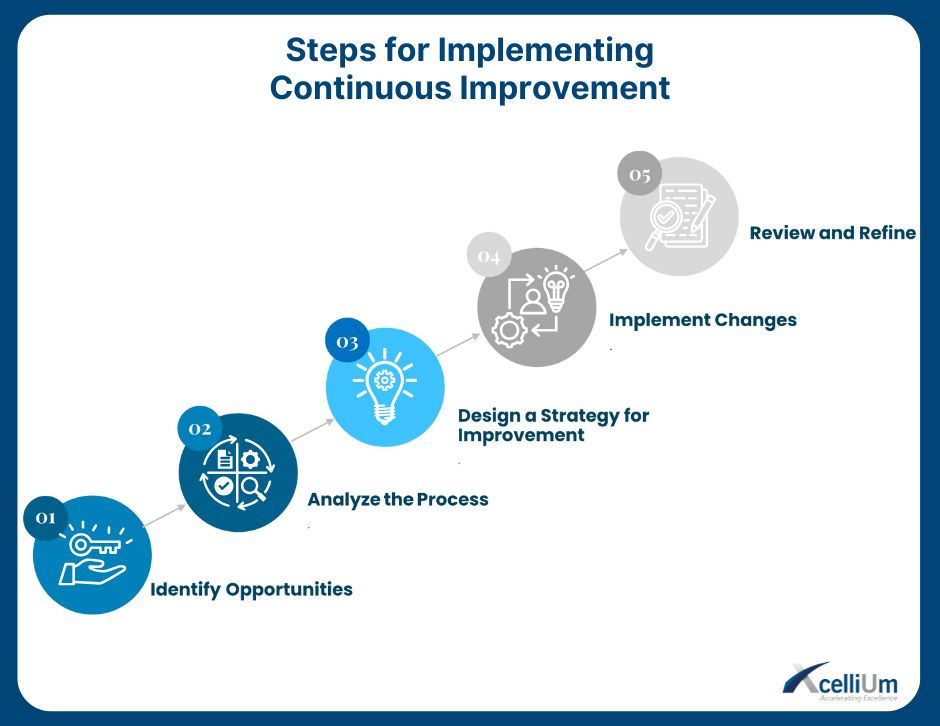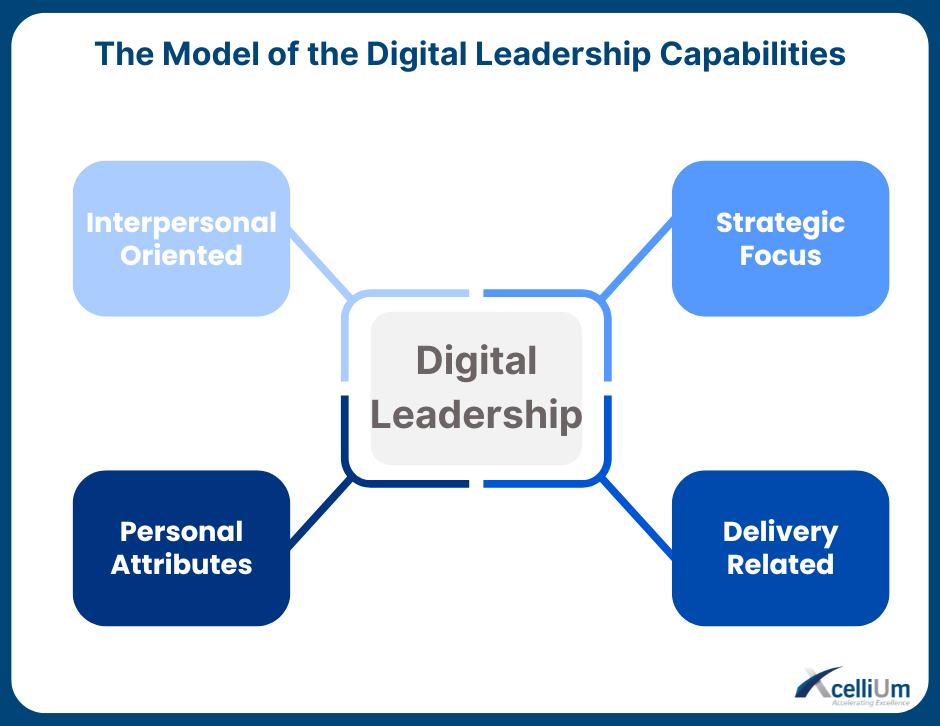The Factory of the Future
- Nina Keyrouz
- Oct 25, 2024
- 4 min read
Updated: Nov 13, 2024
The lean approach and Industry 4.0 both share a central goal: achieving operational excellence. By combining lean principles, which focus on minimizing waste and maximizing efficiency, with the advanced digital tools of Industry 4.0, manufacturers can streamline operations, enhance productivity, and improve decision-making. This powerful synergy helps organizations stay agile and competitive in an increasingly complex industrial landscape.
According to a study by BCG, an integrated Lean Industry 4.0 approach can:
Reduce conversion costs by 40%
Lower costs related to poor quality by 20%
Decrease work-in-process inventory by 30%.
Challenges on the Horizon
As the manufacturing landscape continues to evolve, companies are faced with the challenge of adapting to new technologies and processes to remain competitive. The integration of the Lean Industry 4.0 approach holds great promise in achieving operational excellence, but it also presents its own set of challenges and opportunities. Before exploring the benefits of Industry 4.0 and the transition to Industry 5.0, it’s important to identify two key challenges that define the factory of the future.
Data Overload and Management Complexity:The digitalization of manufacturing generates vast amounts of data, but managing and utilizing this data effectively is challenging. Without proper analytics tools, factories risk data overload, leading to inefficiencies. Integrating multiple data streams and converting them into actionable insights remains a significant hurdle.
Workforce Adaptation and Skill Gaps: Automation, robotics, and AI have shifted the skill requirements in factories. There’s a gap between current workforce skills and the needs of Industry 4.0 technologies. Retraining and upskilling are essential but require time, resources, and organizational readiness, which can be difficult to achieve.
Why Industry 4.0 Works
Industry 4.0 represents the fourth industrial revolution, driven by the rise of digital technologies such as the Internet of Things (IoT), artificial intelligence (AI), big data, and cloud computing. This digital transformation enhances operational efficiency by connecting machines, systems, and data in unprecedented ways.
Increased Efficiency and Productivity
One of the key reasons Industry 4.0 works is its ability to streamline operations through automation and real-time monitoring. By connecting physical assets through IoT, manufacturers gain greater visibility into their processes. Predictive maintenance and AI-driven insights enable the proactive identification of equipment failures, reducing downtime and extending the life of machinery. The increased transparency in operations also enables companies to optimize production flows and reduce waste.
Agility and Customization
Industry 4.0 facilitates the production of highly customized products at scale. Smart factories equipped with automated systems can quickly adjust production lines based on changing consumer demands. The flexibility and agility offered by these technologies allow manufacturers to pivot faster, deliver customized products, and maintain a competitive edge in dynamic markets.
Reduced Operational Complexity
Industry 4.0 also helps reduce operational complexity by integrating multiple systems into a cohesive network. Traditionally, manufacturers relied on separate, often disconnected, systems for different stages of production. Industry 4.0 enables the seamless integration of these systems, creating a unified platform where processes can be controlled and monitored in real time. This reduces errors, improves coordination, and simplifies decision-making, leading to smoother and more efficient operations.
Why Industry 4.0 Sometimes Falls Short
Integration Complexities
Despite the promise of Industry 4.0, integrating new technologies into legacy systems poses significant challenges. Older machinery and processes are often not designed to communicate with advanced digital systems, leading to implementation delays and increased costs. The complexity of integrating new and old technologies can also create vulnerabilities in cybersecurity, as more connected devices and systems increase the risk of data breaches.
Over-reliance on Technology
Another limitation of Industry 4.0 is the risk of over-reliance on technology without addressing underlying operational issues. While automation can increase efficiency, it cannot compensate for poor process design or organizational inefficiencies. Companies may also experience setbacks if they invest heavily in technology without adequately training their workforce or aligning their organizational culture with these new capabilities.
Industry 5.0, Beyond the machine
As we look beyond Industry 4.0, the concept of Industry 5.0 is emerging, characterized by a deeper collaboration between humans and machines. Industry 5.0 shifts the focus from fully automated processes to a more human-centered approach, where the goal is not only to improve efficiency but to enhance the role of human creativity and decision-making in manufacturing.
Human-Machine Collaboration
While Industry 4.0 has often emphasized automation and efficiency, Industry 5.0 focuses on the collaboration between humans and advanced technologies. Robots and AI systems will continue to handle repetitive, data-driven tasks, but humans will play a critical role in decision-making, customization, and innovation. This allows for a more personalized, sustainable, and socially responsible manufacturing environment.
Sustainability and Ethical Manufacturing
Industry 5.0 also places a strong emphasis on sustainability and ethical production. In contrast to the purely profit-driven goals of earlier industrial revolutions, Industry 5.0 incorporates social and environmental concerns into the manufacturing process. Advanced technologies, combined with human insight, will allow for more efficient use of resources, reduced waste, and the development of products that align with global sustainability goals.
The integration of Lean principles with Industry 4.0 technologies provides a roadmap for achieving operational excellence. However, it is essential to address the challenges associated with data management and workforce adaptation to realize its full potential. As we move towards Industry 5.0, the focus shifts from pure automation to human-centric innovation, sustainability, and enhanced collaboration between humans and machines. This new paradigm will shape the factories of the future, ensuring not only operational efficiency but also ethical, sustainable, and adaptive manufacturing processes.
What to do to improve your organisation?

The Shingo Model is an Organizational Excellence framework that aligns perfectly with the principles of Industry 5.0, emphasizing human-centric innovation, collaboration with intelligent technology, and sustainable growth. By adopting the Shingo Model, you can improve your organization’s speed, quality, flexibility, safety, and productivity, ensuring continuous improvement and long-term success.
If you're curious to learn more, we invite you to dive deeper.
Subscribe to our Excellence Foresight Newsletter and explore our monthly issue to discover how the Shingo Model can drive continuous improvement and help your organization achieve excellence.
Nancy Nouaimeh
Culture Transformation and Organizational Excellence Expert
Shingo Alumni
Shingo Certified Facilitator






Comments